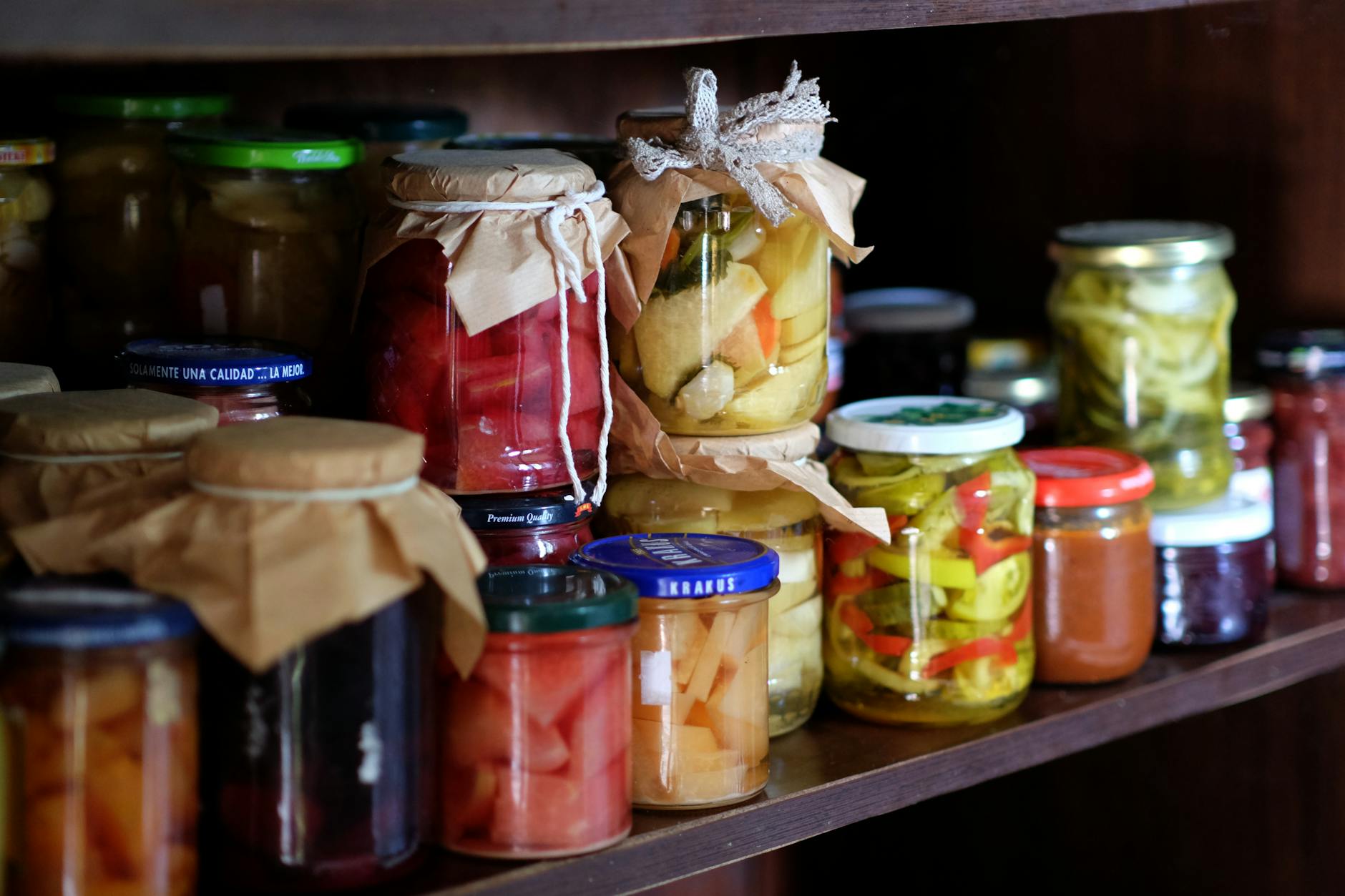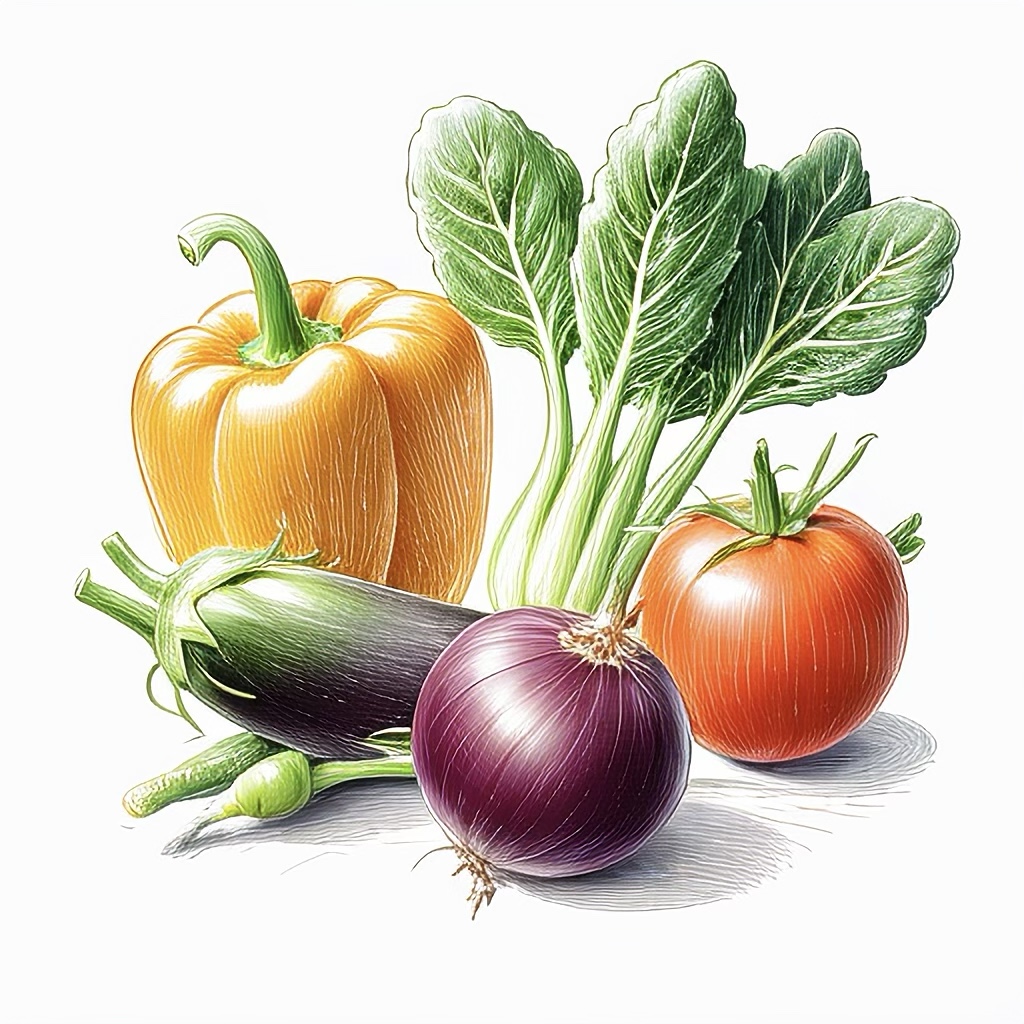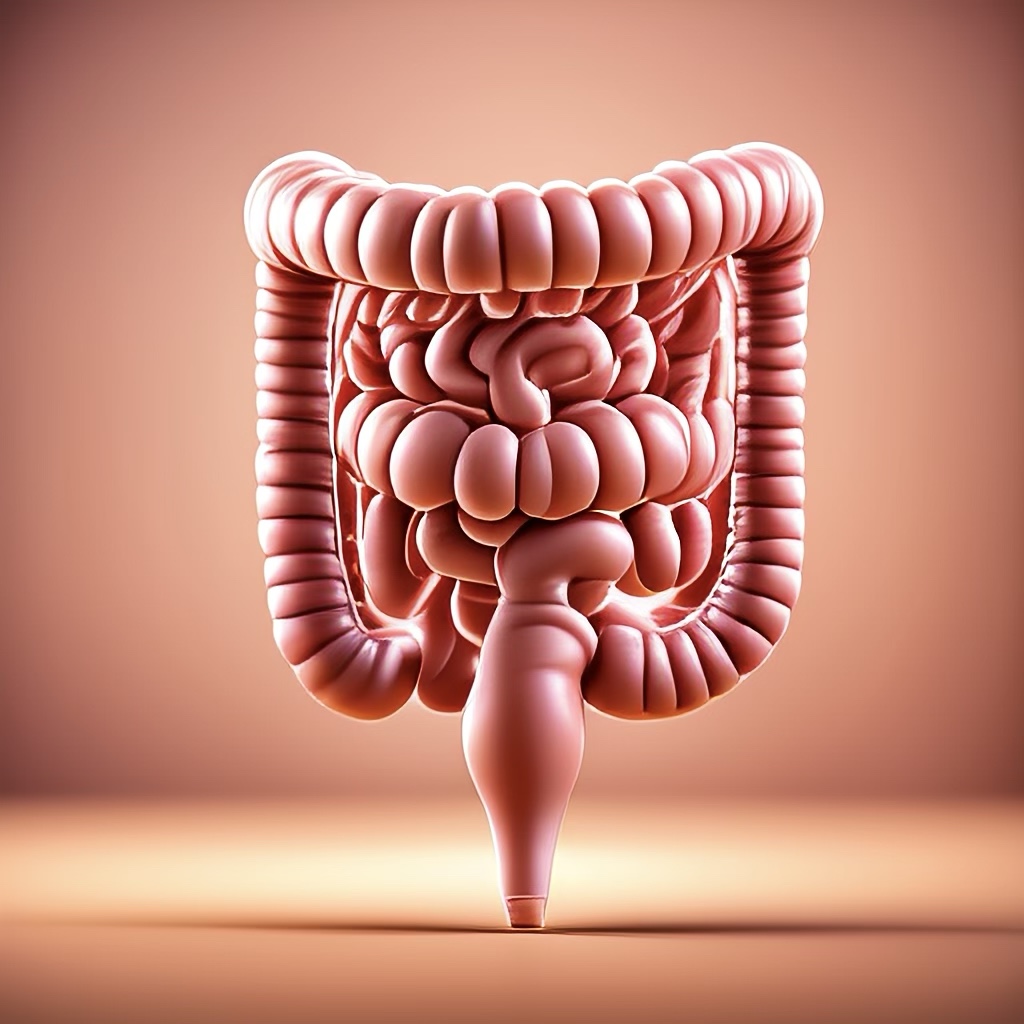Category: Health
-

Barefoot Induction
The time needed to get used to barefoot shoes varies depending on factors like your current foot strength, activity level, and how quickly your body adapts. Here’s a general timeline and tips for a smooth transition: Typical Adaptation Timeline: Tips for a Smooth Transition: Signs You’re Adapting Well: ✔ Less foot fatigue✔ Better balance and…
-

Methanol Reduced Fruit Fermentation
How to Avoid Methanol in Homemade Fermentation (Fruit Wines, Ciders, etc.) Methanol (wood alcohol) is a toxic byproduct of fermentation, but it’s usually produced in very small amounts. However, improper fermentation practices can increase methanol levels. Here’s how to minimize risks: 1. Understand Methanol Sources in Fermentation 2. Ways to Minimize Methanol in Homemade Fermented…
-

Fermented Mushrooms
Fermenting mushrooms is a great way to preserve them and add tangy, umami flavours. You can ferment nearly any edible mushroom, but meaty varieties like shiitake, oyster, or button mushrooms work especially well. Basic Fermented Mushroom Recipe Ingredients 500g fresh mushrooms (cleaned and sliced if large) 2% salt by weight (i.e. 10g salt per 500g…
-

Harmless Hyaluronic
Sources of Hyaluronic Acid Natural Food Sources: Supplements: Topical Products: Medical Sources: Benefits of Hyaluronic Acid Notes Yes, both spinach and tofu contain lectins and oxalates, but the levels and their potential impact vary. Spinach Tofu Key Considerations Whether natto is “better” than spinach or tofu as a source of hyaluronic acid precursors or overall…
-

12 Natural Remedies to Prevent Hair Loss and Regrow Hair – A Science-Backed Guide
Why Hair Loss Happens Most hair loss medications target the enzyme 5-alpha reductase, which converts testosterone into DHT (dihydrotestosterone)—a hormone linked to androgenetic alopecia (pattern baldness) in both men and women. Excess DHT shrinks hair follicles, leading to thinning. But natural remedies can also inhibit this enzyme while supporting overall hair health, often with fewer…
-

The Power of Taurine: Health Benefits Backed by Science 🧠💪
Taurine, a sulfur-containing amino acid, is found naturally in the body and in foods like meat, fish, and dairy 🐟🥚. While often associated with energy drinks, taurine’s benefits go far beyond a quick boost. From heart health to brain function, this underrated nutrient plays a vital role in overall wellness. Drawing on scientific insights, including…
-

Risks of Mary Abstinence
Can a Vegan Diet Lack Essential Nutrients? Insights from a PMC Systematic Review 🌱❓ Adopting a vegan diet 🌿 is often praised for its ethical, environmental, and health benefits. However, concerns about nutrient deficiencies persist, especially for nutrients like EPA, DHA, Vitamin B12, and others. A systematic review published on PubMed Central (PMC) highlights deficiencies…
-

LPS Endotoxemia: Causes, Effects, and Management 🦠💉
Lipopolysaccharide (LPS) endotoxemia is a serious condition caused by endotoxins from Gram-negative bacteria entering the bloodstream 🚨. These lipopolysaccharides can spark intense inflammation 🔥. Let’s dive into the causes, effects, symptoms, and management of LPS endotoxemia! 📝 What is LPS Endotoxemia? 🤔 LPS endotoxemia happens when lipopolysaccharides (LPS), part of Gram-negative bacteria like E. coli…
-

Sourdough timeline 
Here’s a complete guide to making sourdough bread from scratch, including a detailed timeline. This includes making your own starter, which takes about a week, followed by a full 2-day bread-making schedule. Part 1: Make a Sourdough Starter (7–10 Days) You’ll need: Wholemeal flour (ideally stoneground) Water (filtered or dechlorinated) Day 1 (Morning): Mix 50g…
-

The Remarkable Benefits of Glycine: The Unsung Hero of Health and Wellness
Glycine, often overlooked in the world of nutrition, is a powerhouse amino acid with far-reaching benefits for physical performance, mental health, anti-aging, and overall well-being. Despite being classified as a “non-essential” amino acid—meaning the body can produce it—glycine plays essential roles in collagen synthesis, neurotransmitter regulation, detoxification, and more. Research and clinical experience suggest that…
-

The Hidden Dangers of Modern Dental Care: A New Approach to Oral Health
The Hidden Dangers of Modern Dental Care: A New Approach to Oral Health In a recent Twitter thread, Simmo (@yoursimmo) challenges conventional dental practices, arguing that common products like fluoride toothpaste and alcohol-based mouthwashes may negatively impact overall health—particularly testosterone levels, gut health, and brain function. (View the thread) The Problem with Modern Dental Care…
-

Nitric Oxide
I believe you meant a blog on NO (nitric oxide), not NO2 (nitrogen dioxide), given the context of the X post you’re interested in, which focuses on nitric oxide’s role in health. Nitric oxide is a key molecule in the body, and the post by Willie Chou highlights its importance, supported by diagrams and scientific…